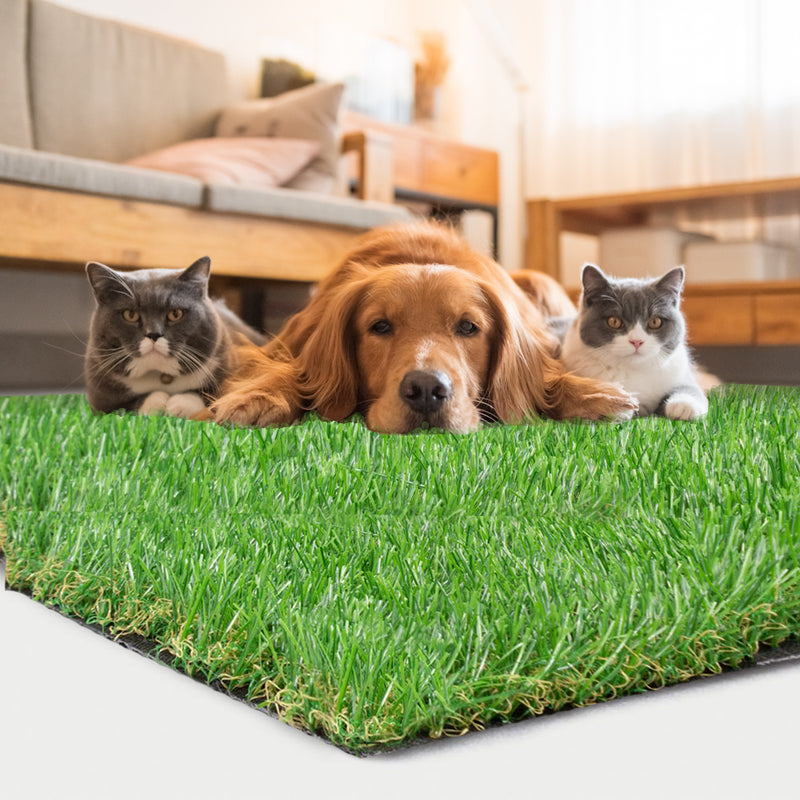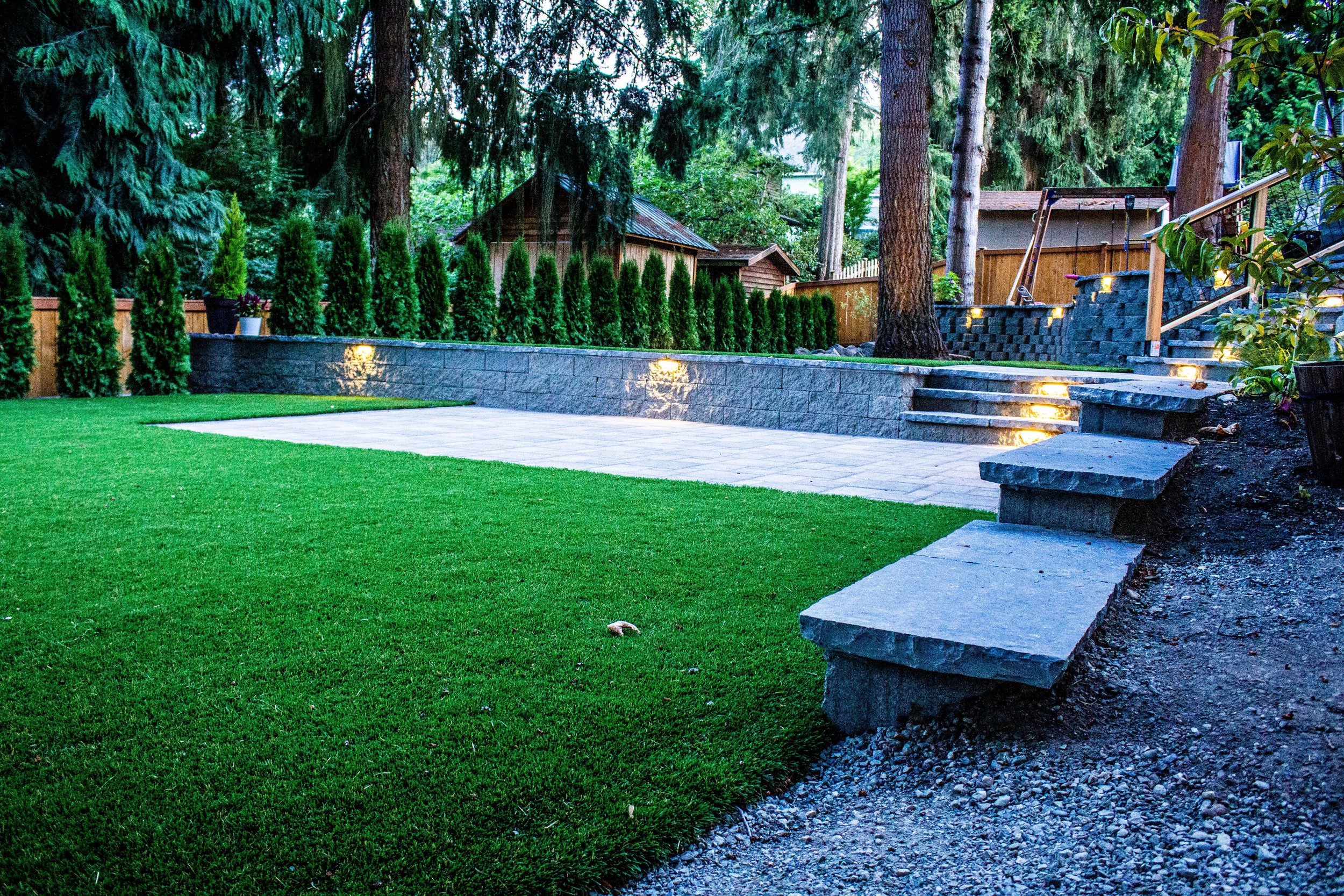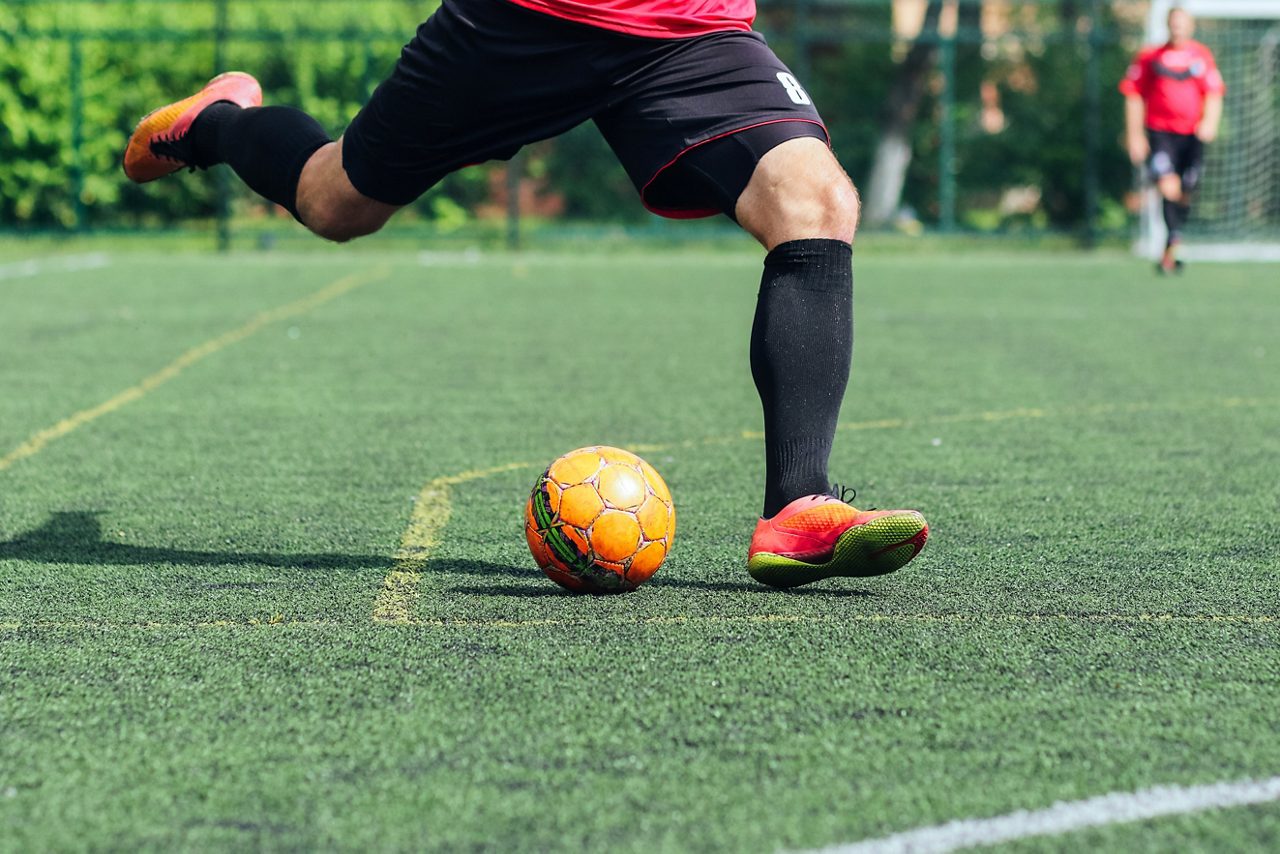Top Phoenix Turf Companies Delivering Premium Synthetic Lawn Products
Top Phoenix Turf Companies Delivering Premium Synthetic Lawn Products
Blog Article
Look Into the Environmental Benefits of Opting for Artificial Turf Solutions
The adoption of synthetic grass remedies offers a compelling opportunity to deal with pressing environmental difficulties. By substantially lowering water usage and minimizing the application of damaging chemicals, these options not just advertise lasting landscape design however likewise secure neighborhood ecosystems.
Water Conservation Benefits
Among one of the most substantial benefits of synthetic grass is its capacity to preserve water. Typical yard yards need substantial irrigation, especially in locations vulnerable to dry spell or water limitations. In contrast, synthetic grass does not require watering, dramatically lowering the general demand for water resources. This attribute is especially helpful in arid regions where water deficiency is a pushing issue.
By eliminating the demand for routine watering, fabricated grass adds to sustainable landscape techniques and helps alleviate the environmental effect of too much water consumption. The conservation of water prolongs to the decrease of runoff, which can lead to dirt disintegration and river pollution.
Furthermore, the installment of synthetic grass permits municipalities and home owners to allocate water resources a lot more successfully, concentrating on important uses such as alcohol consumption water and farming. The change towards synthetic grass not only advertises accountable water use yet additionally aligns with broader environmental goals aimed at protecting natural deposits.
As areas significantly focus on sustainability, the water preservation advantages of synthetic grass present a compelling case for its fostering in residential and business landscape design tasks.
Lowered Chemical Use
The transition to man-made lawn considerably decreases the reliance on chemical treatments frequently used in natural yard maintenance. Typical turf management usually includes the application of herbicides, chemicals, and plant foods to promote development and control bugs. These chemicals can present dangers to human health, local wild animals, and the atmosphere, adding to dirt and water contamination.
On the other hand, synthetic turf removes the requirement for these damaging compounds. As soon as mounted, it needs marginal maintenance, primarily including routine cleaning and occasional infill replenishment. This reduction in chemical use not only profits the instant environment however also adds to wider eco-friendly stability. By minimizing the launch of artificial compounds right into the environment, synthetic grass promotes much healthier soil and water systems.
Moreover, the absence of chemical drainage associated with fabricated turf setups aids protect regional rivers from pollution, supporting water life and keeping biodiversity. Turf installation phoenix az. As communities progressively focus on lasting techniques, selecting synthetic grass presents a practical remedy that straightens with environmental conservation goals. With this change, homeowner can appreciate lavish green spaces without compromising environmental health and wellness, leading the way for an extra lasting future
Reduced Carbon Impact

In addition, the installment of artificial grass can lead to considerable water preservation. All-natural grass require considerable amounts of water for irrigation, which not only adds to the carbon footprint connected with water extraction and treatment however likewise stress regional water resources. In comparison, synthetic grass requires very little maintenance, needing no watering, thus substantially minimizing water use and its connected energy costs.
Additionally, the longevity of synthetic grass adds to its lower carbon influence. With a life expectancy of up to 15 years or more, the need for regular replacements is diminished, resulting in less waste and lower power intake in production and taking care of typical lawn options. In general, synthetic turf offers a lasting option for environmentally aware landscaping.
Habitat Conservation
Habitat preservation is an essential factor to consider in the argument over landscaping selections, especially when contrasting man-made grass to all-natural lawn. Natural turf yards usually need extensive upkeep, directory including the usage of herbicides, plant foods, and pesticides, which can negatively influence regional ecosystems. These chemicals can seep into the soil and rivers, hurting indigenous flora and animals and disrupting neighborhood habitats.
On the other hand, artificial grass offers a chance to lower the ecological impact of landscape design. By opting for artificial turf, house owners can minimize the interruption of all-natural environments connected with traditional lawn care practices. Artificial grass removes the need for dangerous chemicals, thereby safeguarding close-by wild animals and maintaining the integrity of surrounding ecological communities. Moreover, the setup of man-made lawn can bring about the conversion of former turf areas right into even more biodiverse landscapes, such as pollinator yards or indigenous plant locations, which can sustain local wildlife.
Ultimately, the transition to synthetic grass not just saves water and minimizes maintenance efforts but additionally cultivates an extra unified connection between human activities and the native environment, promoting habitat conservation at the same time.
Long-Term Sustainability
Long-lasting sustainability is a vital consider assessing the advantages of synthetic grass over standard turf yards. Among the most substantial advantages of synthetic lawn is its longevity; it can last as much as 15-20 years with minimal upkeep, whereas natural grass needs frequent reseeding and substitute. This durability reduces the requirement for constant sources, such as water, fertilizers, and chemicals, which are vital for maintaining a healthy and balanced turf yard.
Furthermore, synthetic grass contributes to a reduction in carbon emissions related to lawn care tools. Conventional grass typically call for gas-powered mowers, leaners, and blowers, all of which add to air contamination. Turf installation phoenix az. On the other hand, artificial grass eliminates the requirement for such tools, advertising a cleaner atmosphere
Additionally, the production of synthetic grass increasingly uses recycled products, enhancing its sustainability profile. As makers take on environment-friendly techniques, the environmental footprint of man-made lawn remains to diminish.

Conclusion
The fostering of synthetic lawn options presents considerable environmental benefits, including significant water conservation, lowered reliance on unsafe chemicals, and a lower carbon impact. Synthetic lawn aids in protecting all-natural habitats by lessening land disturbance and promoting lasting sustainability through the use of resilient products. Collectively, these aspects emphasize the potential of synthetic grass to contribute positively to ecological health and provide a sensible alternative to conventional landscape design techniques in a progressively resource-conscious globe.
In comparison, artificial turf does not need watering, dramatically reducing the general demand for water sources. By decreasing the release of synthetic compounds into the community, synthetic grass promotes healthier dirt and water systems.
Additionally, the setup of artificial grass can result in significant water preservation. In comparison, artificial grass requires minimal maintenance, calling for no discover this info here watering, therefore significantly reducing water usage and its associated energy costs.

Report this page